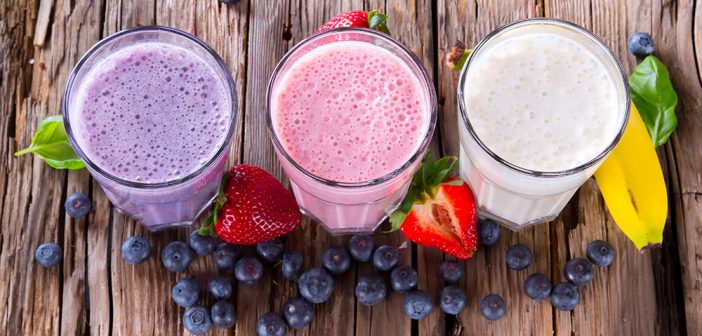Neal grew up eating ice cream. His summers were filled with cranking batch after batch of homemade ice cream. But as he got older, he couldn’t overlook the discomfort that accompanied his creamy indulgence. Could it be possible that Neal was lactose intolerant after all of these years?
Lactose intolerance is a common condition that affects 30 to 50 million Americans and many more worldwide. It can cause stomach discomfort after eating dairy and change the way you eat, but lactose intolerance does not have to signal the end of delicious eating.
Here are five things you should know about lactose intolerance:
Symptoms may not show up right away
Lactose intolerance is not a dangerous condition, but it can cause some serious discomfort. People who cannot digest lactose could suffer from diarrhea, nausea, cramps, bloating or gas after eating or drinking dairy products. But even then, you may not notice symptoms for hours after consuming dairy.
Lactose intolerance is not an allergy
Lactose intolerance and dairy allergies can have some similar symptoms, but they are not the same thing. Lactose intolerance occurs when your body does not produce enough lactase to digest the lactose in dairy. Instead of being broken down in the stomach by the lactase, the lactose is broken down by bacteria in the intestines, which can lead to gas and bloating. With a dairy allergy, on the other hand, your body’s immune system has an allergic response to dairy. Along with diarrhea, gas, and cramps, a dairy allergy may cause a rash and hives.
Related link: Can an Apple a Day Keep the Doctor at Bay?
You can be tested for lactose intolerance
Having stomach discomfort after eating dairy is a good sign that you may be lactose intolerant, but you can know for sure through testing. For the hydrogen breath test, a person drinks a liquid containing lactose and periodically breathes into a container that measures the amount of hydrogen in the breath. Poorly digested lactose causes a person to exhale higher levels of hydrogen.
Lactose intolerance can begin at any age
Developing lactose intolerance can come as surprise when you’ve been enjoying milk your whole life — but that doesn’t mean it’s uncommon. In fact, lactose intolerance is rare in children and usually develops in adulthood. Your risk for becoming lactose intolerant increases with age. The condition is most common among people of African, Asian, Hispanic and American Indian descent. Rarely, lactose intolerance can be congenital, and it could also be a temporary side effect of an injury or illness of the small intestine.
You might still be able to have dairy
If you find yourself mourning the days when you could enjoy a bowl of ice cream, the good times may not be over. Different dairy products have varying levels of lactose in them, so you may find you can tolerate some cheese, even though you cannot drink milk. Experiment with different foods to see what you are able to eat. Eating dairy with other foods may also lessen symptoms. If you are unable to eat any dairy, try some dairy alternatives or lactase products that can help you enjoy the foods you love.
Related link: 4 Easy Ways to Improve Gut Health
“It is important to be sure you still get enough calcium in your diet, even if you choose to cut dairy out,” says Rocky Tanner, administrator at Horizon Ridge Nursing and Rehabilitation Center. “Look for dairy alternatives like almond or soy milk and eat more beans, kale, tofu and other foods high in calcium.”
If you have been experiencing discomfort after consuming dairy, talk to your doctor about whether you might have lactose intolerance. Your belly may not appreciate it if you develop lactose intolerance, but you can make some easy changes to your diet to accommodate this condition.




